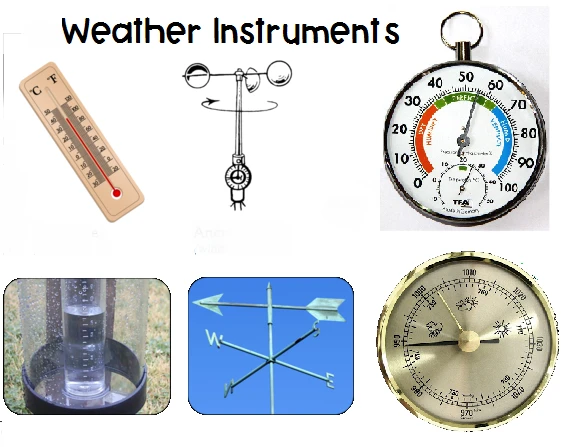
# Weather Instruments: Essential Tools for Meteorological Observations
Weather Instruments: Essential Tools for Meteorological Observations
Weather instruments play a crucial role in meteorological observations, helping scientists and forecasters gather accurate data about atmospheric conditions. These tools have evolved significantly over time, from simple mercury thermometers to sophisticated digital devices that can transmit real-time data across the globe.
The Most Common Weather Instruments
Meteorologists rely on a variety of instruments to measure different atmospheric parameters:
1. Thermometer
The thermometer is perhaps the most recognizable weather instrument, used to measure air temperature. Modern digital thermometers provide precise readings and can store data for analysis.
2. Barometer
This instrument measures atmospheric pressure, which is crucial for weather forecasting. Changes in barometric pressure often indicate approaching weather systems.
3. Hygrometer
Hygrometers measure humidity levels in the air, helping meteorologists understand moisture content and predict precipitation possibilities.
4. Anemometer
Used to measure wind speed, anemometers come in various designs, including cup, vane, and sonic versions. Some advanced models can also determine wind direction.
5. Rain Gauge
This simple but essential instrument measures precipitation amounts over a set period, providing valuable data for climate studies and water resource management.
Advanced Weather Monitoring Systems
Modern meteorological stations often combine multiple instruments into integrated systems:
- Automated Weather Stations (AWS): These self-contained units collect and transmit data without human intervention.
- Radar Systems: Used to detect precipitation, its intensity, and movement.
- Weather Balloons: Carry instruments aloft to measure upper atmospheric conditions.
- Satellite Instruments: Provide global coverage and monitor large-scale weather patterns.
The Importance of Calibration
All weather instruments require regular calibration to ensure accuracy. Even minor deviations can lead to significant errors in weather predictions. Professional meteorological organizations follow strict protocols for instrument maintenance and calibration.
Citizen Science and Personal Weather Stations
With technological advancements, weather instruments have become more accessible to the general public. Many enthusiasts now operate personal weather stations, contributing valuable data to meteorological networks and enhancing local weather monitoring.
As climate change becomes an increasing concern, the role of accurate weather instruments grows ever more important. These tools not only help us understand current conditions but also contribute to long-term climate studies and the development of more accurate forecasting models.
Keyword: wether instruments
